Developing groundbreaking medical technology is one thing. Making people understand it is another.
Too often, brilliant ideas get lost behind technical jargon and overwhelming slides. That’s where medical animation services make all the difference.
This article explores how medical animation from device visualization to scientific communication helps medtech brands deliver their message with clarity and confidence.
Having worked closely with healthcare professionals and pharmaceutical companies, I’ve seen how the right visuals can turn complex ideas into powerful tools for connection, education, and growth.
Key Points
- Medical animation simplifies complex topics into visually stunning stories.
- 3D medical animation improves retention and builds stronger buy-in.
- Scientific animation improves patient education and reduces confusion.
- The right medical animation studio elevates your brand’s perception and reach.
3D Medical Animation Services for Scientific Concepts
Try explaining disease progression, a drug mechanism, or complex surgical techniques with only still images. You’ll lose your audience before you even begin. That’s why more medical device companies are turning to animated content that shows rather than tells.
Medical animation helps break down complex concepts into visuals that are not only accurate but engaging. Whether you are illustrating biological processes at the cellular level or demonstrating a new medical procedure, scientific animation connects faster and resonates deeper across the healthcare industry.
Here’s how medical animation helps translate complexity into clarity.
Scientific Animation for Medical Professionals
Medical illustration and still frames often fall short when conveying dynamic processes like disease pathways or therapeutic approaches. Scientific animation reveals interaction and transformation in a way the human brain naturally understands.
This provides researchers alike, project managers, and clinicians with shared clarity on complex procedures.
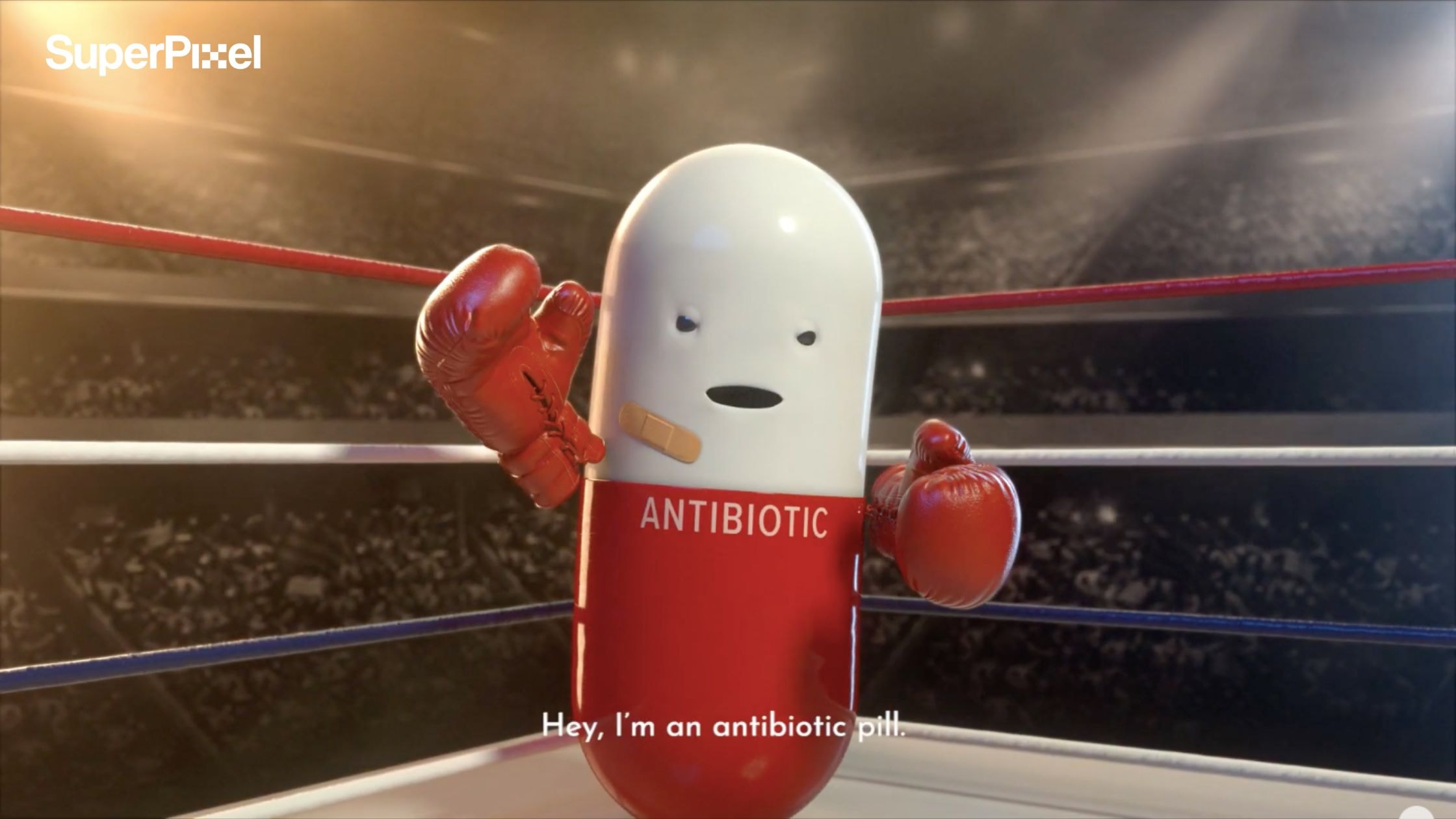
Surgical Procedures and Medical Device Animation
Investors don’t always have a scientific background. They are evaluating business models, scalability, and market readiness.
By visualizing medical device functionality and underlying drug mechanism with animation, you help them instantly grasp the problem your product solves and how it works.
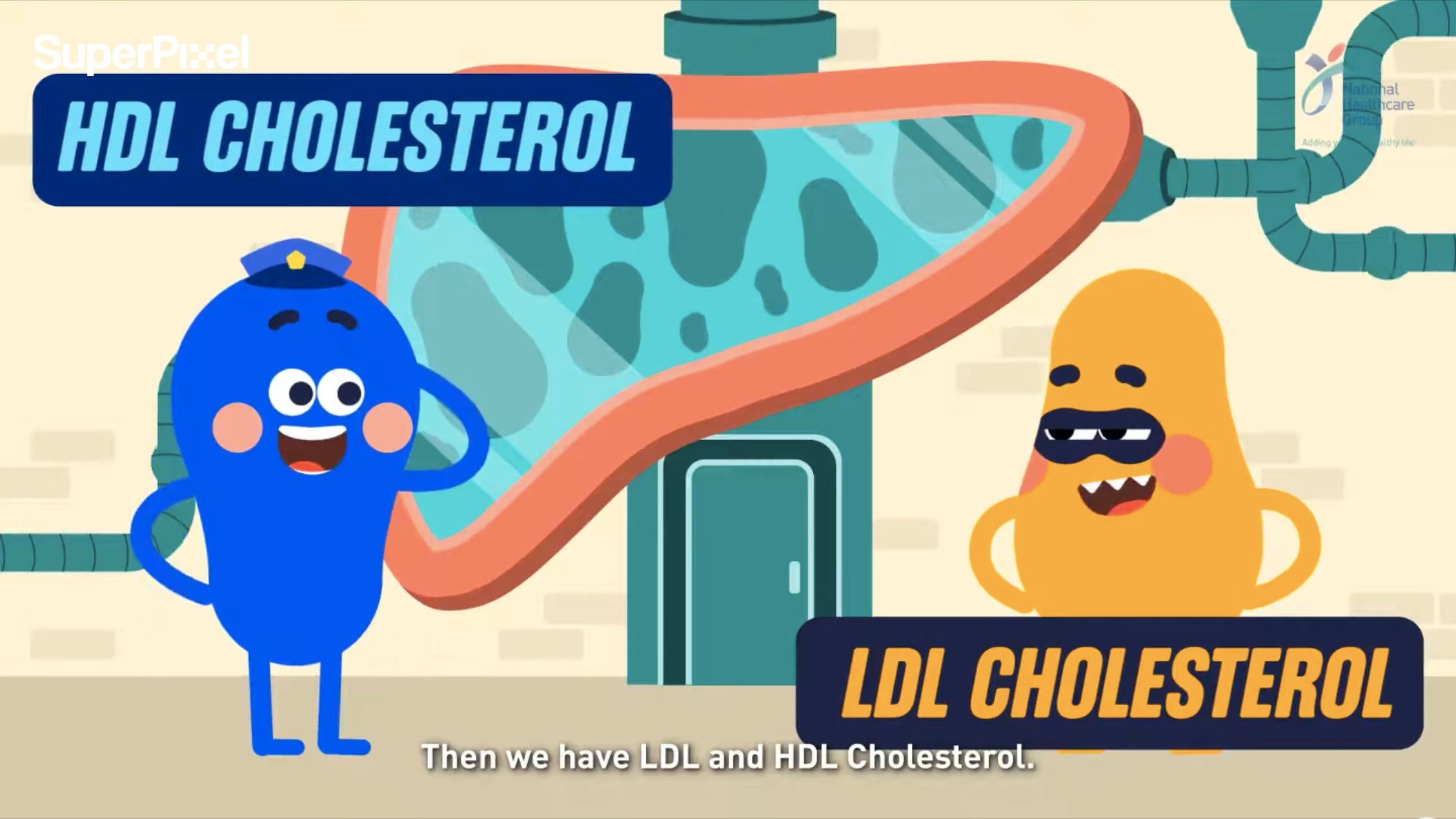
Medical Motion Graphics Storytelling
Communicating to diverse audiences is tricky. Custom medical animation provides a solution by tailoring scientific accuracy with compelling narratives.
One animation can simultaneously educate patients, align project managers, engage researchers alike, and support pharma marketing teams in delivering messages that stick.
Supporting stat
According to research cited by Brandmed and MedTech Intelligence, the human brain processes images approximately 60,000 times faster than text, and people remember only about 10% of text-only content after three days.
When that same content is paired with visuals, retention jumps to 65%. For medical device companies and healthcare professionals explaining complex procedures, this makes engaging visuals not just helpful but essential.
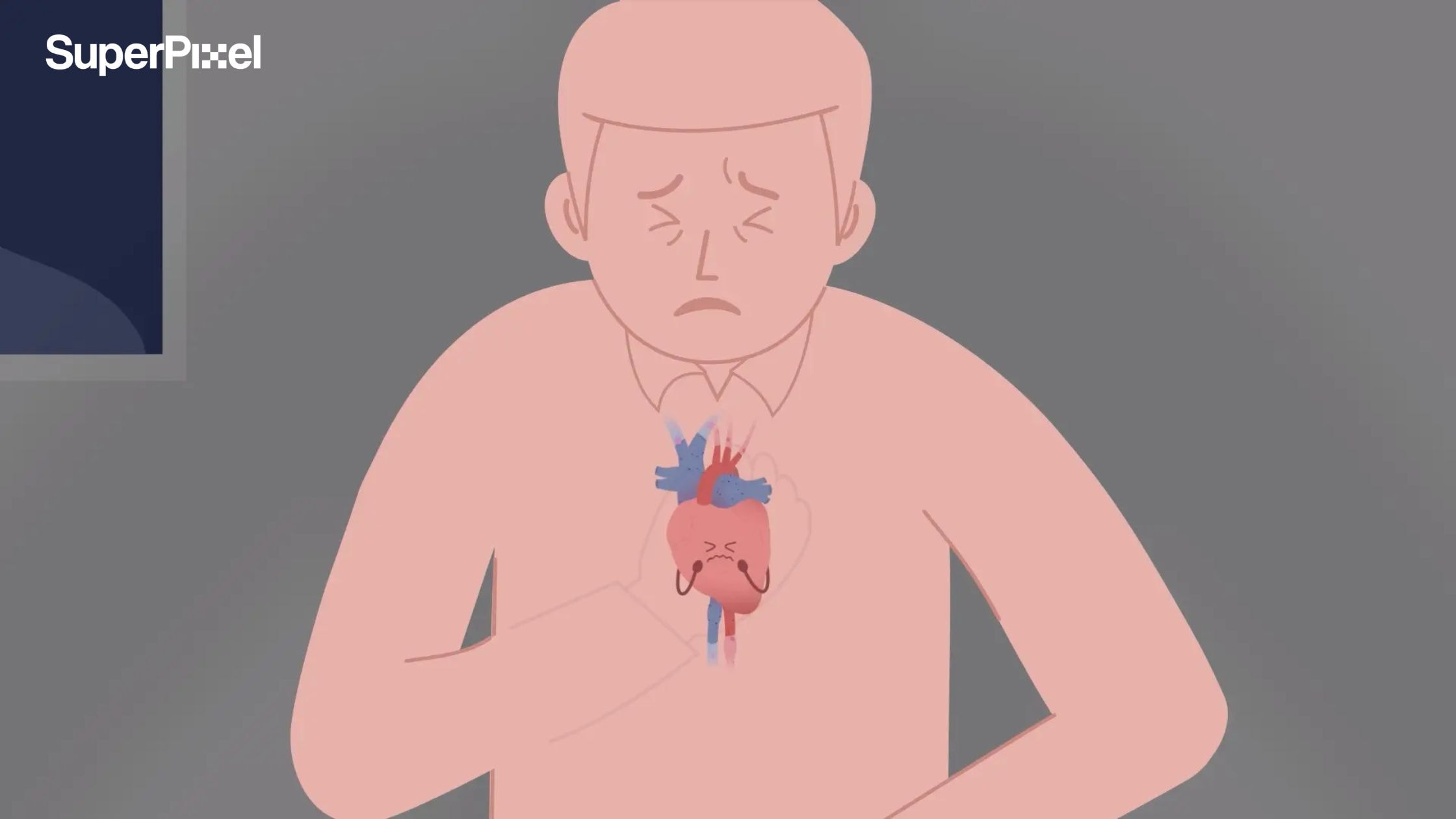
Types of Medical and Scientific Animation
Not every medical animation project serves the same goal. Some are created to secure funding. Others aim to educate patients or support product adoption. As your medtech brand evolves, so should your animation strategy.
Here’s how medical animation adapts to meet different growth stages.
1. 3D Biotechnology Animation for Investor Pitches
When pitching biotechnology innovations to investors or contract research organizations, clarity is everything. A scientific animation company can visualize medical science at the molecular level, showing how compounds, proteins, or drug interactions work inside the human body.
These high-quality medical animations help investors gain a thorough understanding of complex mechanisms something words or static slides can’t achieve. For healthcare marketing, this clarity often becomes the key that unlocks funding and confidence in your innovation.
2. Medical Device Animation for Product Launches
Medical device manufacturers rely on animation to demonstrate complex medical devices safely and clearly—without the need for live demonstrations or cadaver labs. Whether showcasing an implant, robotic surgical tool, or diagnostic platform, medical communication companies use 3D animation to explain functionality and workflow.
In this context, animation becomes an essential tool for healthcare communication, combining cinematic storytelling with medical accuracy. The result: visually stunning assets that support product launches, trade shows, and healthcare agencies looking to communicate innovation effectively.
3. Patient Education Videos for Healthcare Providers
Patient education has become a cornerstone of modern healthcare education. Animated explainer videos simplify complex medical topics, clarify medical conditions, and make human anatomy understandable to patients and caregivers.
For healthcare providers, these videos improve health outcomes by encouraging treatment compliance and informed decision-making. For medical students and educators, they’re powerful tools for medical education and communication. In every case, medical animation bridges the gap between medical science and real-world understanding.
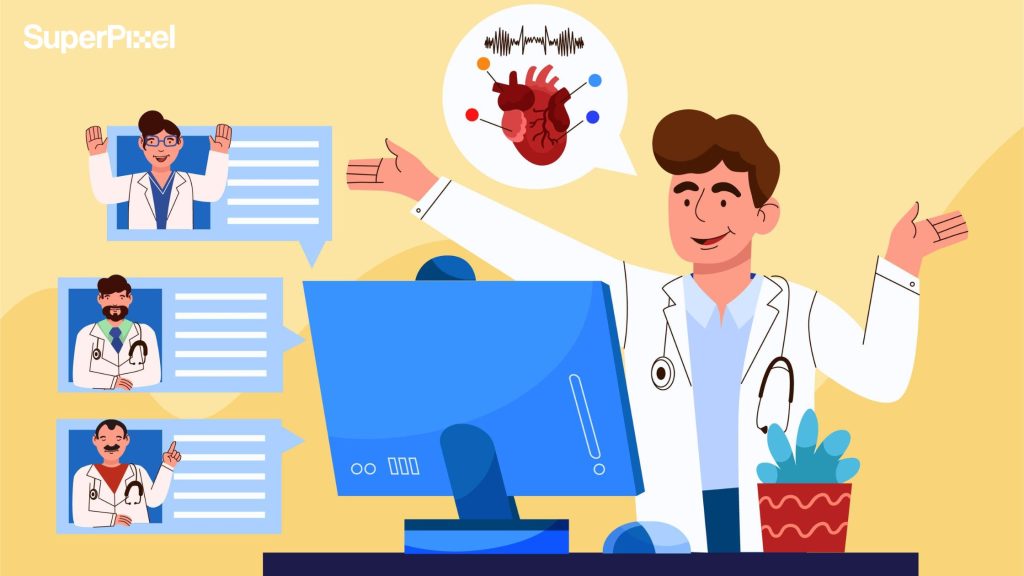
4. Interactive Demos and Trade Show Content
Trade shows and conferences demand content that captures attention instantly. Interactive scientific animation and virtual reality experiences allow attendees to explore complex medical devices in action.
By combining visual narratives with sound design and healthcare marketing storytelling, these immersive demos create engaging experiences that leave a lasting impression. They also help healthcare agencies and medical communication companies showcase technology with precision and creativity.
5. Training Animations for Clinical Workflows
Animation is now integral to medical training and professional training programs across medical schools and hospitals. It helps educating healthcare professionals on complex medical procedures, from surgical techniques to emergency protocols.
These training programs provide a thorough understanding of the medical field, reduce errors, and enhance safety standards. For medical students and clinicians alike, animated content supports continuing education, skill development, and compliance.
6. Medical Animation and Disease Progression Visualization
Medical animation also plays a vital role in visualizing disease progression and medical conditions at both the cellular and systemic levels.
Through scientific animation and 3D visualization, we help healthcare providers and biotechnology teams understand how diseases evolve from early symptoms to advanced stages.
When rendered with medical accuracy, these sequences do more than explain, they inspire. They combine science, empathy, and storytelling to deliver medical insights that improve diagnosis, patient engagement, and healthcare communication across the healthcare sector.
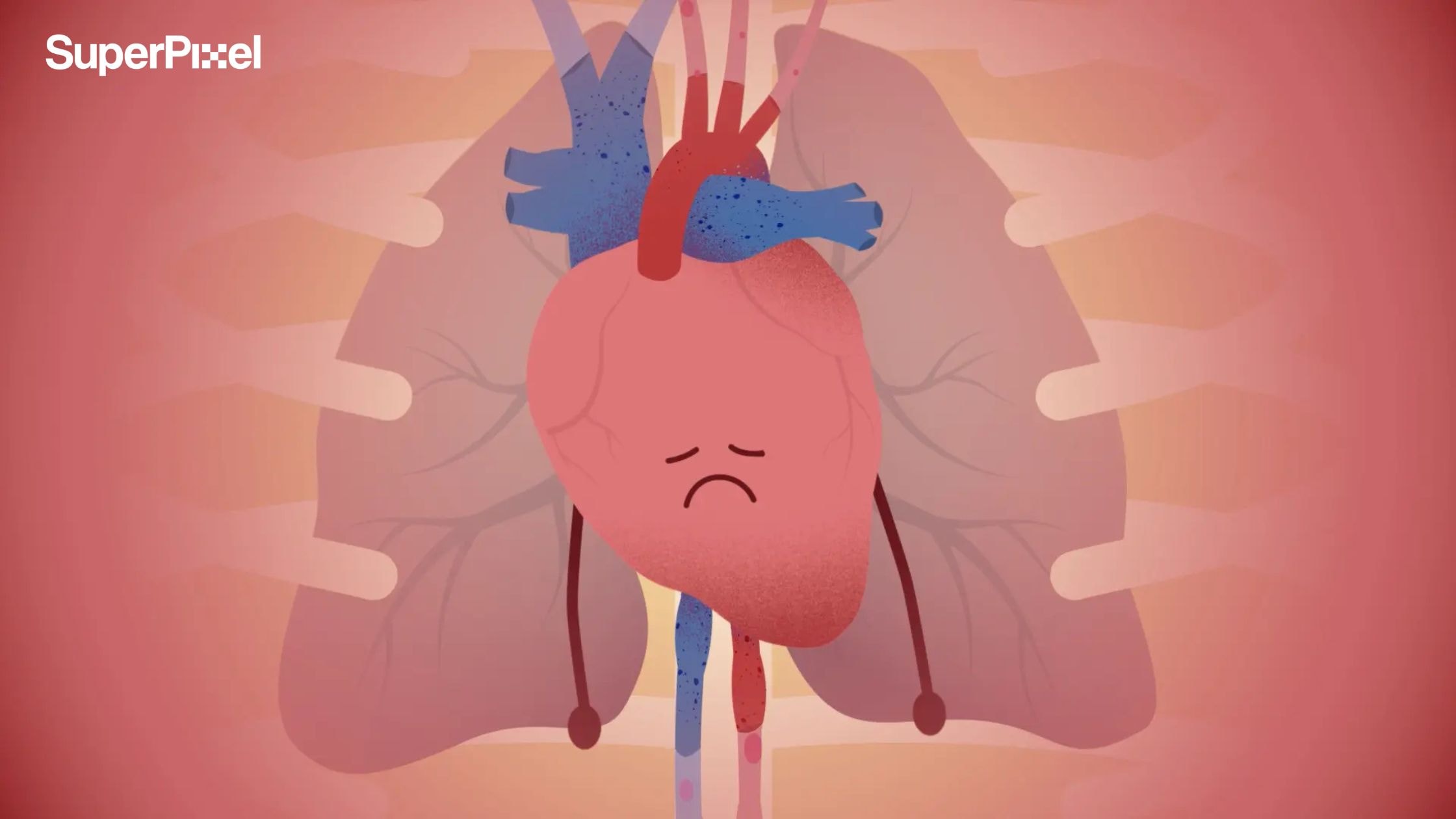
3D Medical Animation Studios Solving Real Problems
Medical animation does more than illustrate. It solves business and communication problems faced by medtech brands, healthcare providers, and pharmaceutical companies. These are the real issues scientific animation can help overcome.
Improving Team Alignment Through Visual Precision
Cross-functional teams in medtech such as R&D, regulatory, marketing, and clinical affairs often interpret technical data differently. Medical animation standardizes understanding by transforming dense content into synchronized visual references.
This accelerates cross-team reviews, reduces revision cycles, and ensures that messaging around medical procedures, treatment options, or device functionality stays scientifically consistent from storyboard to final animation.
Visual alignment means fewer delays, better decisions, and a smoother approval pipeline.
Building credibility through consistent branding
Inconsistent visuals can dilute credibility. A strong visual identity supported by stunning visuals builds trust within the medical community. Whether your audience is made up of healthcare providers, researchers, or public health officials, consistent and professional presentation reinforces authority.
Enabling global compliance with scalable narratives
Launching across multiple markets requires both consistency and flexibility. Custom medical animation can be adapted with localized narration scripts and voiceovers.
This ensures compliance with international regulations and resonates with diverse audiences, from pharmaceutical marketing teams to educational institutions.
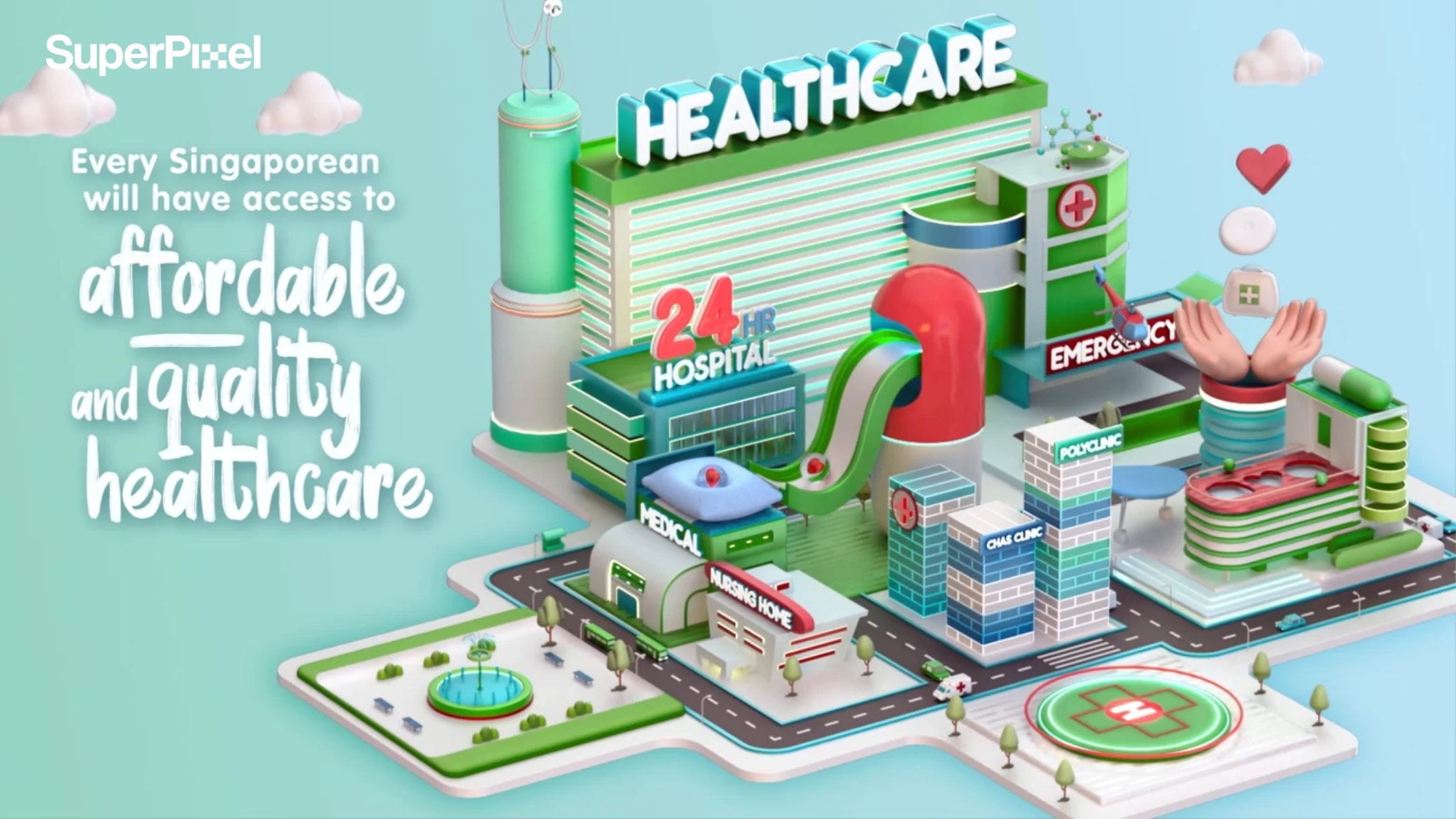
Medical Animation Cost Demystified for Scaling Teams
Let’s talk about something that often feels like a mystery. The cost of medical animation.
Whether you’re a startup introducing a new device or an established brand expanding globally, understanding medical animation cost from the start is crucial. It enables better planning, resource allocation, and clearer communication.
1. Common pricing tiers for medical animation services
Most studios offer tiered pricing depending on animation style, complexity, and duration.
A simple 2D explainer may start from a lower range, while a full 3D scientific animation visualizing complex medical information, surgical animations, or innovative treatments can fall into premium tiers.
Pricing reflects more than visuals, it reflects expertise, scientific communication, and creative depth.
2. What affects pricing: length, narration script, style, voiceover
The length of the animation is an obvious factor, but there’s more. Writing a medically accurate narration script requires research, alignment with healthcare professionals, and attention to detail.
Style also matters whether you’re creating a realistic simulation of the human body or a stylized breakdown of treatment options. Add voiceover and sound effects, and the scope can grow quickly.
3. Typical project durations: short explainer vs cinematic piece
Short explainer animations for social media may take two to four weeks to complete. In contrast, cinematic pieces with multiple scenes, high-end modeling, and layered storytelling often take eight to twelve weeks or more.
These timelines include scripting, animation production, internal reviews, client feedback, and post production before final delivery.
4. How to repurpose one animation for multiple campaigns
A well-planned animation can serve far beyond its original intent. Through modular design, the same asset can be repackaged into interactive experiences, short-form videos, internal explainers, and educational content.
Repurposing also supports consistency across training and outreach, helping drive better health outcomes and improved patient outcomes over time.
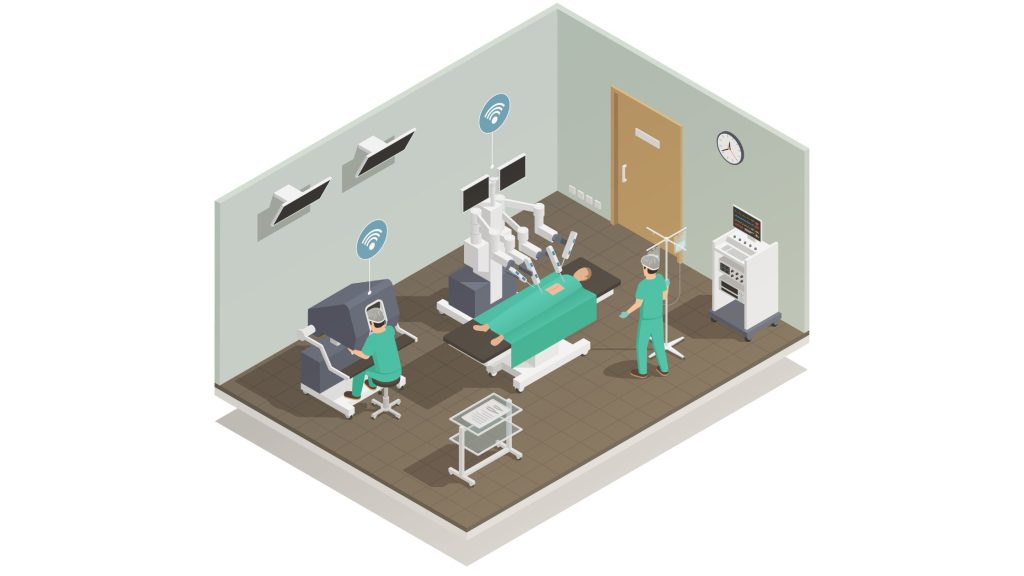
Choosing a 3D Medical Animation Studio
Not all studios are built the same. The right medical animation studio delivers more than visuals. It supports your growth, scales with your complexity, and helps communicate your clients’ technologies clearly and confidently.
1. Traits of a trusted medical animation studio
A reliable studio blends storytelling with scientific communication. They go in depth to understand complex medical procedures, work closely with healthcare providers, and know how to represent the human body with accuracy. They also take time to learn about your clients’ technologies before proposing visual solutions.
2. Spotting red flags in outsourced medical animation
Be wary of studios that rely heavily on stock visuals or rush past the research phase. If they don’t acknowledge scientific accuracy or the unique communication challenges in pharma and medtech, that’s a concern.
Equally troubling is a lack of process for collecting and integrating client feedback smoothly throughout animation production.
3. Matching their portfolio to your device or biotech niche
Always examine a studio’s portfolio in depth. Have they visualized content similar to yours?
Can they communicate disease progression, molecular biology, or surgical techniques with clarity and precision?
If they’ve worked on animations for similar target audiences, you’re likely in good hands.
4. How they collaborate on your narration script and messaging
Look for a team that invites collaboration from the first draft. They should help you shape a narration script that balances scientific credibility with emotional resonance.
This script becomes the guide for everything that follows from visual flow to timing, voiceover, and final delivery.
5. What a scalable production process should look like
A great studio builds in checkpoints and stays flexible. They handle scope changes professionally, implement client feedback without compromising timeline, and maintain quality from concept to completion. The result is a final animation that not only looks great, but lands the message.
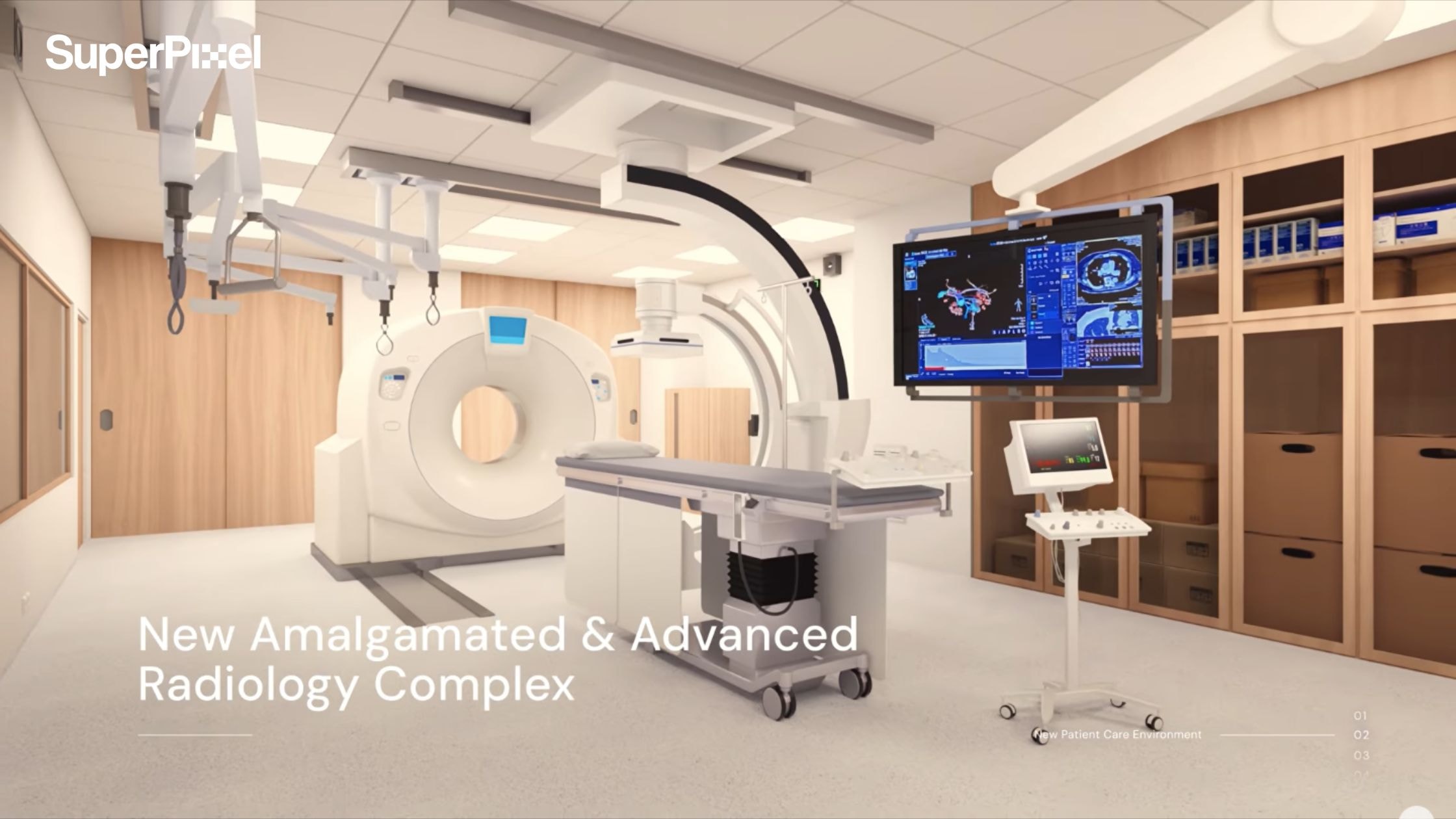
Superpixel in Action: Real Projects in Healthcare and Public Awareness
At Superpixel, we transform complex medical concepts into clear visual experiences.
Our work in healthcare and public health reflects a deep understanding of scientific communication, audience behavior, and purposeful design. Here are three standout projects that show how medical animation can connect, educate, and inspire.
1. Novartis: 2D Medical Animation for Heart Failure Awareness
We partnered with Novartis Indonesia to create a 2D animated explainer about heart failure. The animation simplifies disease progression, symptoms, and treatment options using engaging visuals and precise medical illustration.
Designed for hospital screens, it supports patient education and encourages early diagnosis through clear, relatable storytelling. This project highlights how medical animation services can improve health literacy and impact public health behavior.
2. Health Promotion Board: Mental Well-being Animation That Resonates
For Singapore’s Health Promotion Board, Superpixel created a 2D cel-animated video set in everyday HDB life. Our focus was storytelling that felt real, featuring a diverse cast to reflect Singapore’s population.
This healthcare animation supported a national campaign on mental wellness, turning complex social concepts into accessible messages. It shows how animation production tailored to local context can build empathy, understanding, and real connection.
3. MCI: 3D Government Animation on Healthcare Reform
Superpixel developed 3D animated segments for a nationwide education campaign by MCIand the Singapore Government.
The healthcare-focused animation explained benefits and reforms using clean models and simplified visual solutions. Built for broad public understanding, the content blended accurate scientific communication with stunning visuals.
This is where 3D medical animation becomes a powerful tool for public engagement, supporting policy clarity and inclusive communication.
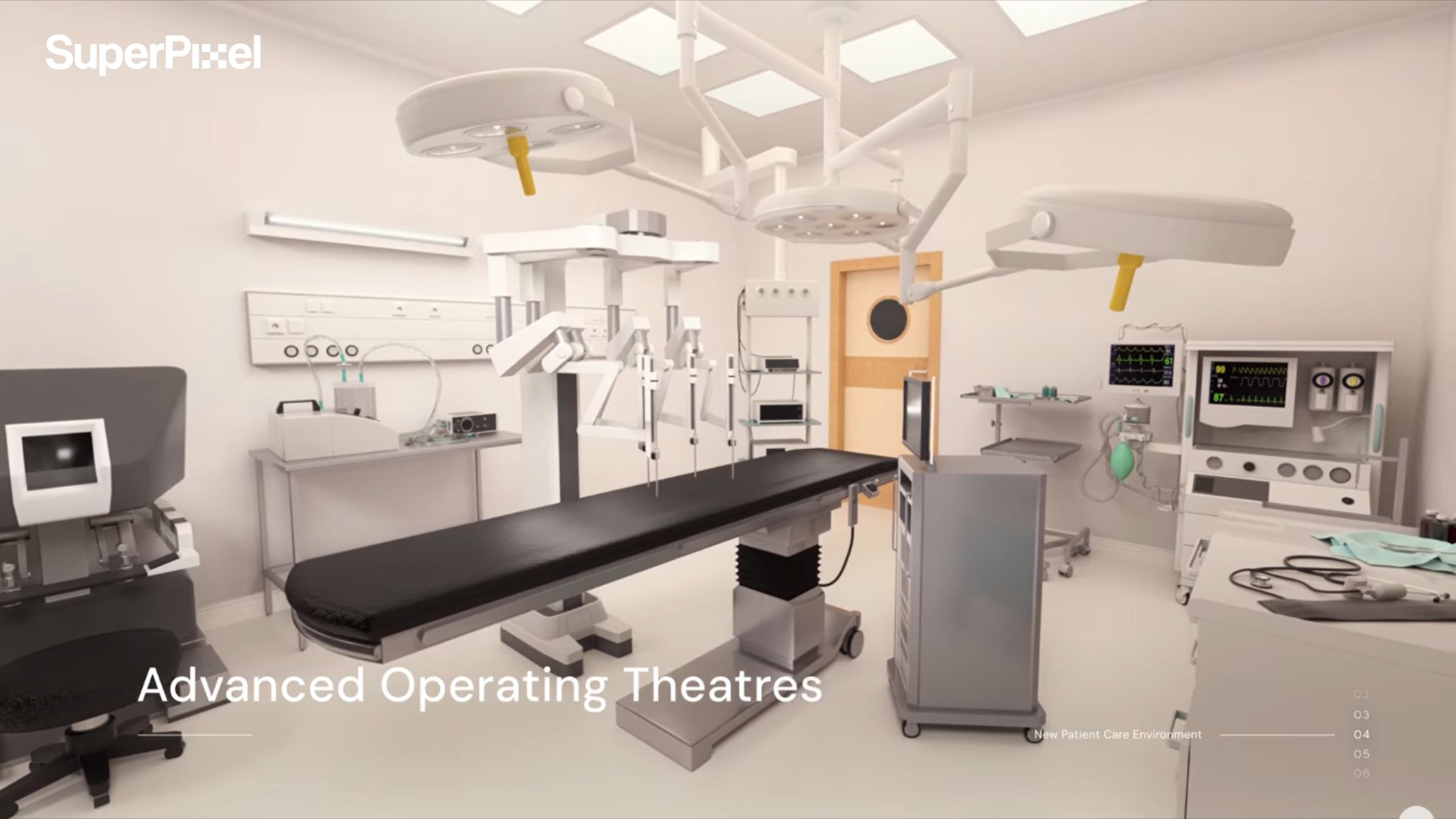
What’s Next for Medical Animation in the Future of Medtech
The future of medtech is visual, interactive, and personalized. As the industry evolves, medical animation will not only follow, it will lead.
1. AI-driven personalization in medical device animation
Imagine adapting a medical device animation in real time based on user interaction. With artificial intelligence, animations can adjust content to match the viewer’s background whether they’re a patient, researcher, or investor. This makes communication more targeted and more effective.
2. Integration with wearable and real-time product simulation
Medical animation is moving closer to real-world application. By integrating animation with wearable devices, medical professionals and patients can visualize how a product interacts with the human body in real time. This opens the door to simulation-based treatment planning and more precise decision-making.
3. Global scalability with dynamic narration script systems
Dynamic narration scripts make it possible to deploy a single animation across languages and regions. Voiceover script variations, subtitle layering, and region-specific messaging make the final animation ready for international use. This scalability helps pharmaceutical companies and healthcare providers reach diverse audiences without duplicating effort.
4. Medtech marketing meets immersive AR and VR tools
Augmented and virtual reality are reshaping scientific storytelling. Pharmaceutical marketing teams are already using immersive tools to showcase products at events. These interactive experiences not only draw attention but also allow for in depth engagement with complex topics.
Why medical animation will soon be a medtech product itself
Medical animation is no longer just a support tool. It’s becoming part of the product experience.
Whether embedded in apps, shown on wearable displays, or included in clinician dashboards, animation is evolving into a feature, not just a presentation. For medical device companies looking to scale, this shift creates both opportunity and urgency.
Ready to Let Your Medical Devices Speak Visually?
Medtech innovation is complex. Your communication doesn’t have to be.
If you’re navigating communication challenges, struggling to showcase complex procedures, or simply looking to make your message more engaging, medical animation offers a solution that combines clarity, precision, and visual power.
At Superpixel, we help medical professionals, researchers, and pharma marketers bring science to life through custom solutions. From concept to final delivery, every frame we build is designed to support your vision and connect with your target audience.
Need help turning your next big idea into a powerful tool for communication? Let’s create something visually stunning, scientifically accurate, and strategically impactful together!